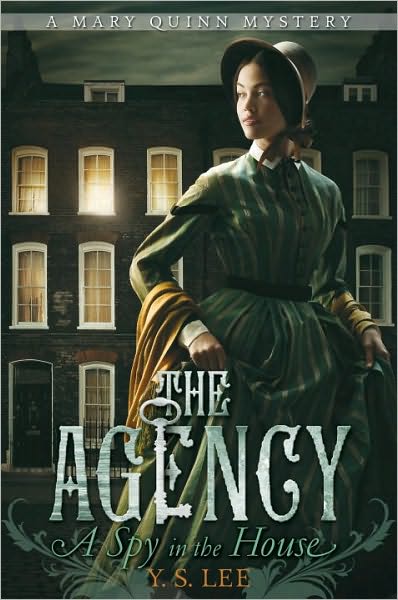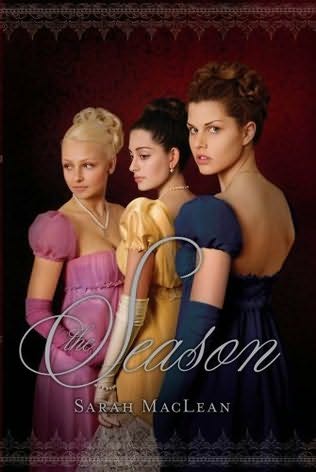From Regency to Victoriana: The Agency Series by Y. S. Lee
Having been on my Regency binge recently, I was a little reluctant to switch to a Victorian time period. You know, stuffy rules, supercilious morality, and the crinolines! Don't get me started on the crinolines.But you all know about my Steampunk fetish, and truth be told, a lot of the fun of that is the juxtaposition of all that tightlaced etiquette set against adventure. The Agency
Which is, in fact, a secret agency that contracts out to the government. The bureaucrats in charge just know it's a spy ring with a great deal of success, but the reason is simple. The teachers at the school know that women are ignored and overlooked, so the intelligent girls they recruit to educate can masquerade as governesses and lady's companions, gathering valuable data in their wake. Taught to defend themselves, adopt disguises, pick locks, and write in code, Mary and the other operatives end up with an arsenal that allows them to enter any situation and figure out what is going on.
In the first book, The Agency: A Spy in the House
Mary has difficulty getting to the bottom of her "employer's" finances, until she meets up with James Easton, a well-born engineer whose brother happens to be courting the daughter of the house. James has heard rumors that the family finances are suspect and wants to ferret out the reality before an undesirable connection is made. James is infuriated and fascinated by Mary, and the feeling is quite mutual, but as the mystery comes to a close, the feelings between them are left by the wayside as they both know James is moving to India for an engineering contract and won't be back for years.
The second book, The Agency: The Body in the Tower
A feature that pleasantly startled me was the overarching story arc regarding Mary's origins. She is confronted in each book by an aspect of her childhood she tries to painfully deny and chooses to face that fear and delve deeper rather than ignore it. Her courage and pluck - and her knowledge that as attracted as she is to James, there is much of her that he would consider unsuitable - makes her the intelligent yet vulnerable heroine we can all love and root for.
The writing is outstanding, made all the richer by author Lee's background (she has a Ph.D. in Victorian Literature and Culture and it shows in the details). The first Agency book was originally an adult mystery, but when her agent mentioned that it was a great coming of age story, Lee tweaked the character ages and shaped it as just that. Perhaps because of it's origins, the writing never talks down to the reader, having a seriousness of purpose that transmits the harsh reality of Mary's background, no matter how ladylike she behaves in the given moment.
We are lucky that there are two more books to come (thank goodness!), with the next one, The Agency: The Traitor and the Tunnel
I've decided to not be snobby about the Victorian period, no matter how much I love Regency, particularly when I am in good hands like that of Y. S. Lee and writers like her.
But I don't have to like crinolines.






































